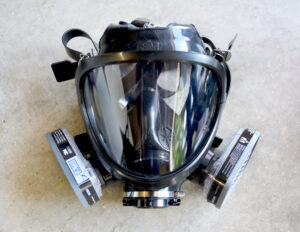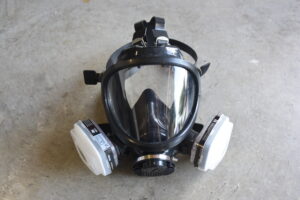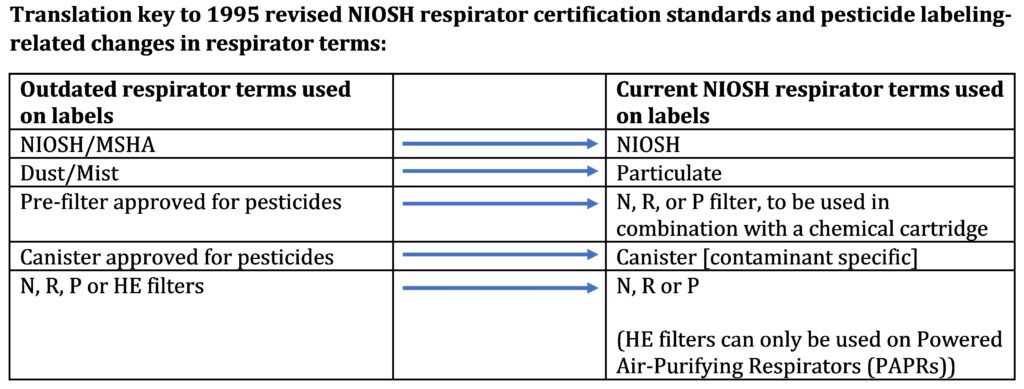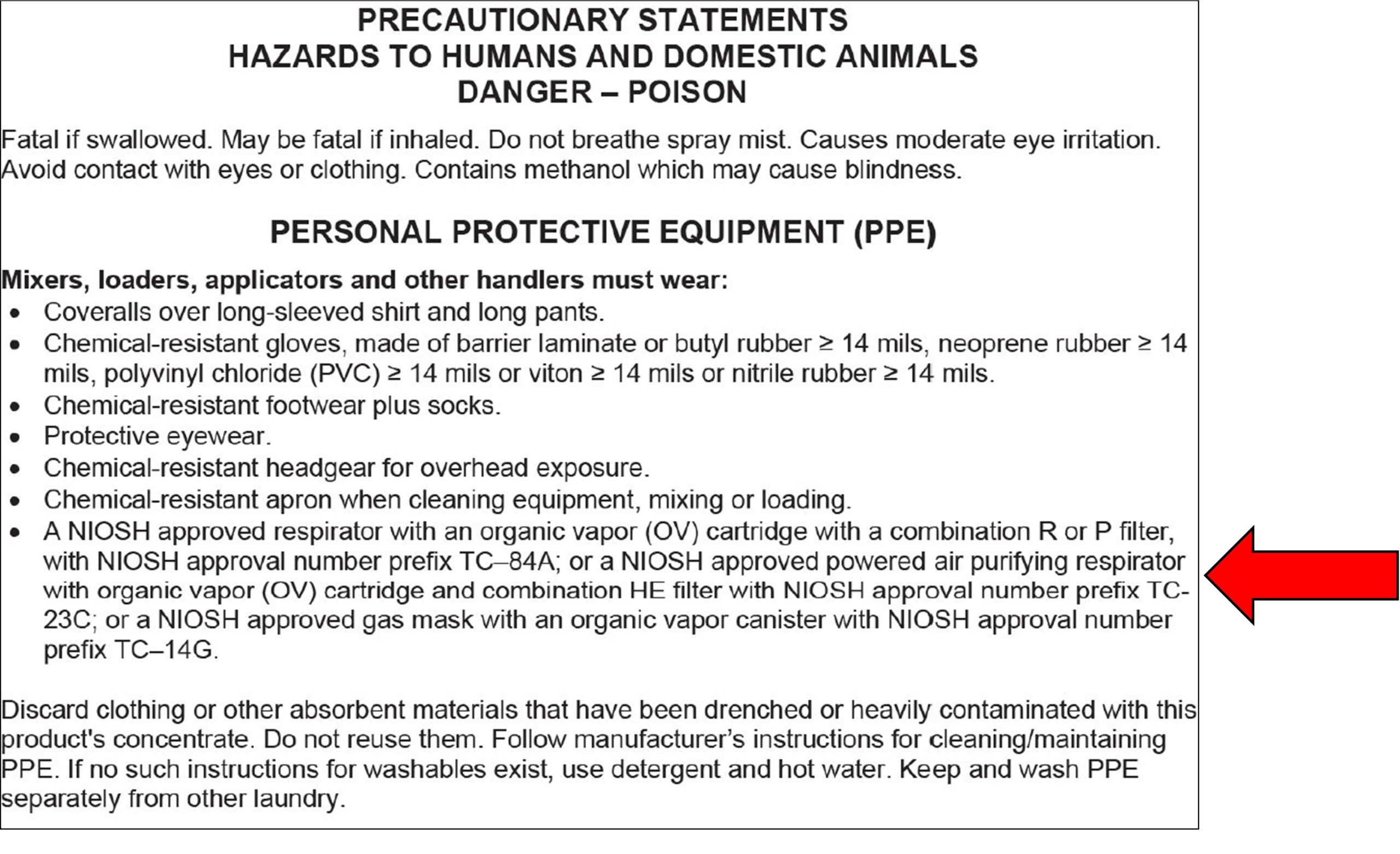
For additional information, please visit the following online resources:
Guidance and manuals
OSHA General Respiratory Protection Guidance for Employers and Workers
PERC EPA WPS—How to Comply Manual
PERC EPA WPS Respiratory Protection Guide
Procedures
OSHA Respirator Cleaning Procedures
OSHA Respirator Medical Evaluation Questionnaire
OSHA User Seal Check Procedures
References and databases
CDC NIOSH Certified Equipment List
EPA Pesticide Product and Label System (pesticide label lookup)
National Pesticide Information Retrieval System (search products registered in Florida)
Sample forms
Cartridge and Filtering Facepiece Change Log
Individual Respirator Fit-Test Record
Respirator Medical Clearance Form
Respiratory Protection Compliance Checklist
Standards
EPA Agricultural Worker Protection Standard
OSHA Respiratory Protection Standard
Videos




